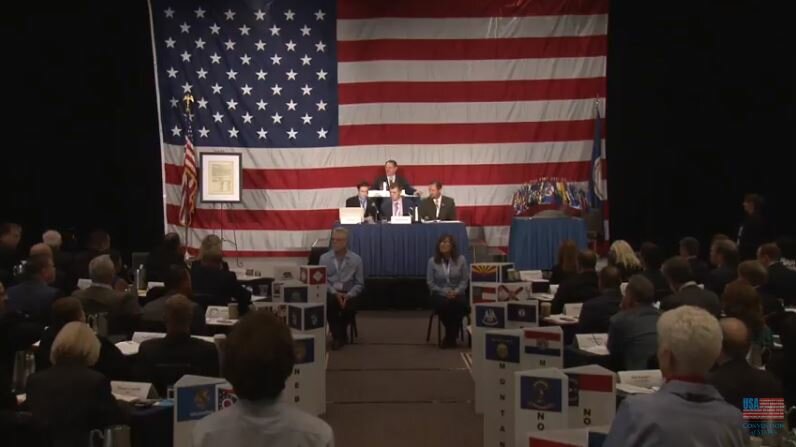If you want to win a Supreme Court case, it helps to play to “progressive” values
This article originally appeared in The Hill.
Two new Supreme Court decisions illustrate the point: Even conservative litigants should argue their cases so as to genuflect before the legal elite’s “progressive” faith.
Courts are supposed to apply the law neutrally. When construing the Constitution, this means they should apply the original, actual meaning of the document. Yet the Supreme Court often decides cases in ways divorced from that meaning. So it is easier to win your case if your argument accords with the social and cultural values favored among the contemporary elite.
At the turn of the last century, when most of America’s opinion makers subscribed to free market economics, you had a reasonable chance of winning a constitutional challenge against a business regulation. During the late 1930s and the 1940s, when fashions favored collectivism, it became almost impossible to do so. In 2015, cultural attitudes induced the Supreme Court to rule—on virtually no evidence other than the Zeitgeist itself—that the Constitution requires states to recognize same-sex civil marriage.
Both Murr v. Wisconsin and Trinity Lutheran Church v. Comer are further illustrations. The Murrs contended that state-authorized zoning regulations had deprived them of property rights without the compensation required by the Fifth Amendment. Trinity Lutheran Church claimed the state had denied the church access to a grant program in violation of the First Amendment.
If the Supreme Court had applied the Constitution’s original meaning, both the Murrs and Trinity Church would have lost. Contrary to common illusion, the Constitution’s original meaning does not always mandate results conservatives (or liberals) like.
Yet the Court (Justice Thomas excepted) pretty much ignored the original meaning. It ruled for the state in Murr but against the state in Trinity Lutheran.
One reason the Murrs lost is they made a legal blunder by kicking away a “grandfather clause” that would have protected them. One reason Trinity Lutheran Church won was that it was seeking a government grant “for the children”—that is, to provide a softer surface for a playground.
But if you are considering which cases to bring before the Supreme Court and how to argue them, you can’t overlook this: Attorneys for the church played to the legal elite’s “progressive” values—and won. In fact, they won 7-2, carrying with them two of the most liberal justices. The Murrs, on the other hand, defied those values. They lost, 5-3, with even the three more “conservative” dissenters agreeing with the result.
The Murrs were in a position any “progressive” would find unsympathetic. They were private landowners (bad). Their land was in an area the state and federal governments deemed environmentally sensitive (worse). They had the cheek to challenge an ordinance that allegedly protected the environment (inexcusable). Their goal was to develop or sell for profit. (Enough said.)
Compare the facts and presentation of Trinity Lutheran:
* Unlike Murr, the case did not involve purely individual freedom. It involved a kind of “freedom” the Left can better understand: freedom to get a government grant.
* The grant program was limited to non-profit organizations, of which the plaintiff was one. No filthy profits here!
* The program served an environmental cause—recycling used tires.
* It was a government program, funded by a mandatory “fee” (in reality, a tax).
* Grant applicants received extra points if located in a poverty area.
* Applicants also got extra points for agreeing to “promote recycling”—i.e, propagate environmental ideology.
* The grant would help the church comply with federal disability regulations.
* The playground was not merely for children of church congregants (that would be too “private”). Use “would extend . . . to the local community.”
Observe how many of the Left’s ideological buttons the plaintiff’s lawyers pushed: non-profit, recycling, mandatory government fee, poverty, disabilities, environment—and that interminably-overused mantra: community.
The lesson: Whatever your personal beliefs, if you are taking a case to Washington, D.C., it helps to ensure that your case does not flout—and preferably panders to—the ideology prevalent there.
